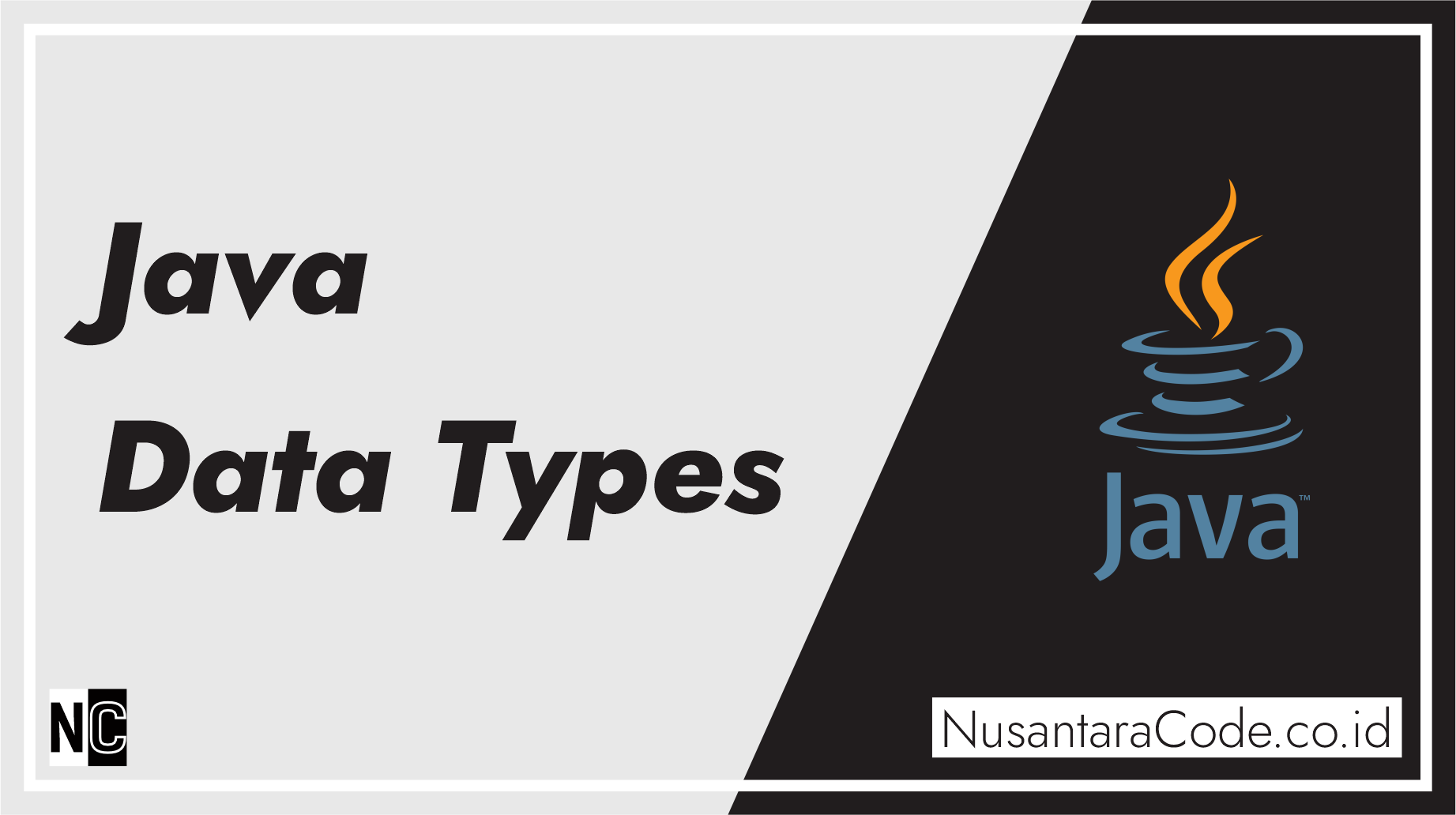Java is a strongly typed programming language, which means that variables must be declared with specific data types. Understanding Java’s data types is fundamental to writing robust and efficient code. In this article, we’ll explore the various data types in Java and provide examples to illustrate their usage.
Basic Data Types
1. int (Integer)
The int data type is used to store whole numbers. It can represent both positive and negative integers.
Example:
int age = 30;2. double (Double)
The double data type is used to store floating-point numbers, which include decimal values.
Example:
double price = 19.99;3. char (Character)
The char data type is used to store a single character. It is enclosed in single quotes.
Example:
char grade = 'A';4. boolean (Boolean)
The boolean data type has only two possible values: true and false. It is often used for conditional statements and flags.
Example:
boolean isJavaFun = true;5. String
The String data type is used to store text or sequences of characters.
Example:
String name = "John";Additional Numeric Data Types
6. byte
The byte data type is used to store very small numbers, typically within the range of -128 to 127.
Example:
byte smallNumber = 5;7. short
The short data type can represent a wider range of numbers compared to byte, but it is still smaller than int.
Example:
short quantity = 1000;8. long
The long data type is used for very large numbers, and it can hold values beyond the range of int.
Example:
long population = 7500000000L; // Note the 'L' at the end to indicate a long literal.9. float
The float data type is used to store floating-point numbers. It is less precise than double but requires less memory.
Example:
float temperature = 98.6f; // Note the 'f' at the end to indicate a float literal.User-Defined Data Types
Java also allows you to create your own data types using classes and objects. These user-defined data types can represent complex structures, such as custom objects and data structures.
Example:
class Person {
String name;
int age;
}
Person person1 = new Person();
person1.name = "Alice";
person1.age = 25;Understanding Java data types is crucial for effective programming. It ensures that your variables are correctly defined and used, helping to prevent errors and optimize memory usage. By selecting the appropriate data type for your data, you’ll be able to build robust and efficient Java applications.
